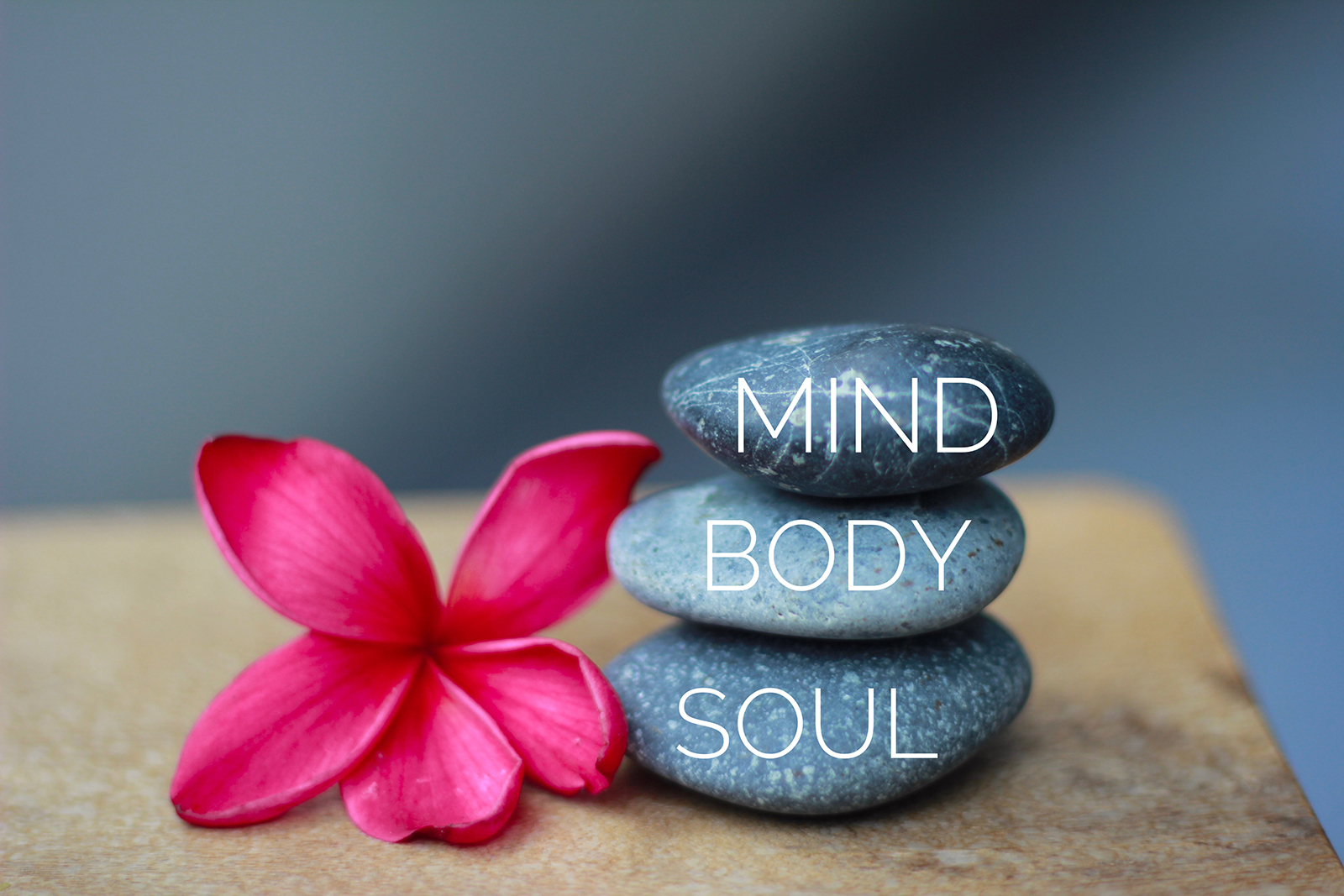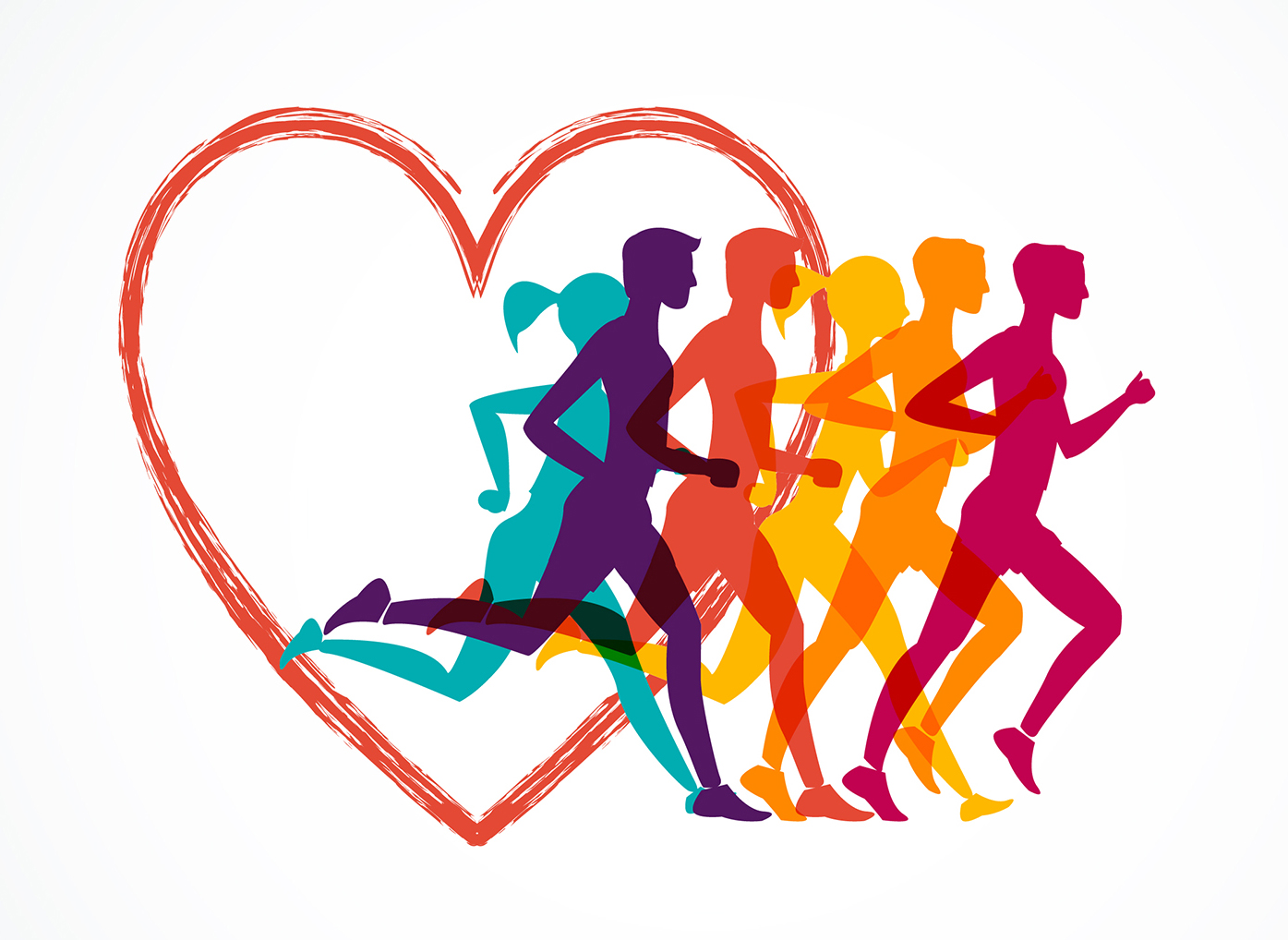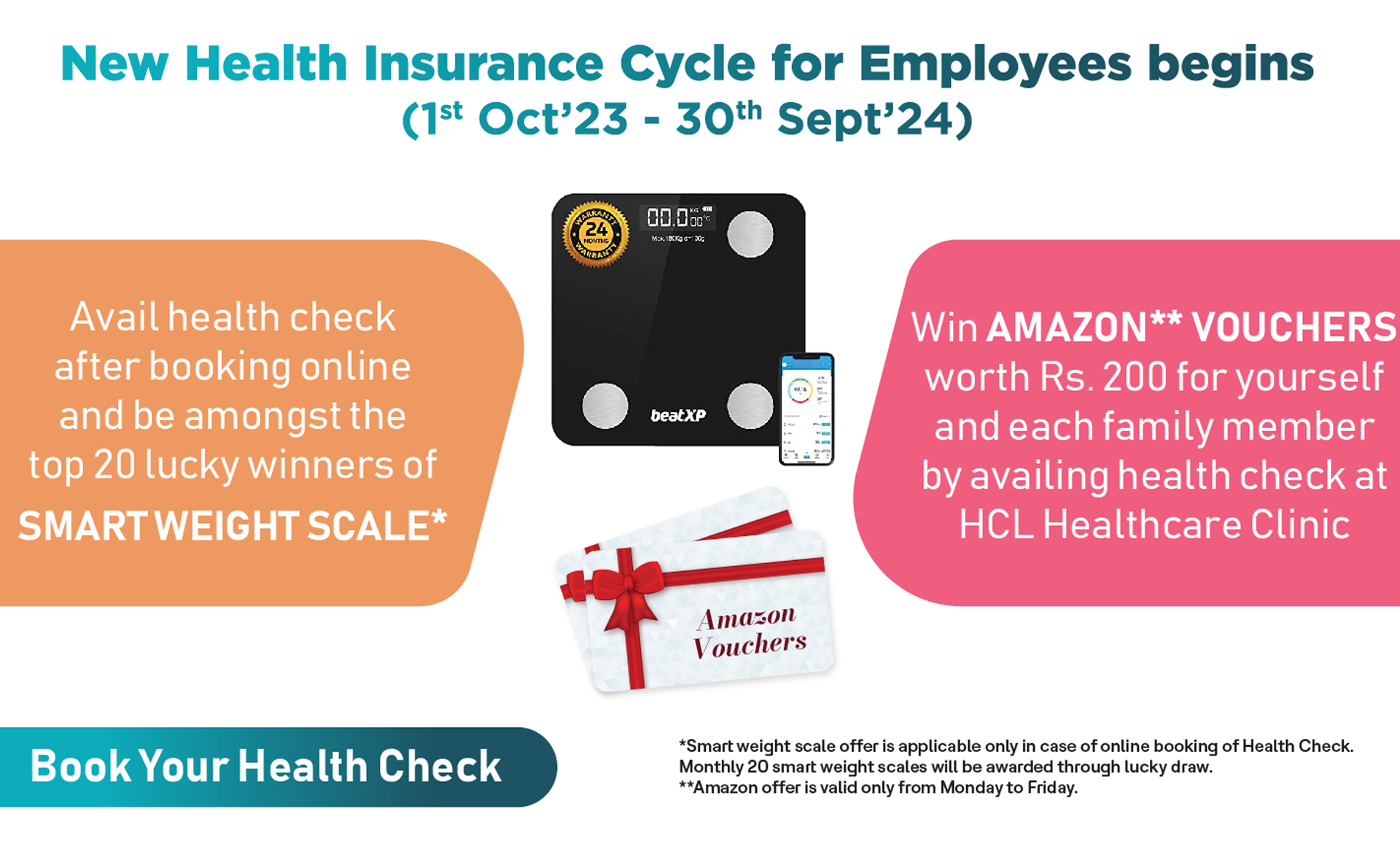Are We Nurturing Our Health or Digging Our Own Graves?
A staggering 101 million Indians with diabetes, 136 million are on the cusp of prediabetes, and 315 million battling high blood pressure. But this isn’t an issue exclusive to India. The World Health Organization reveals that lifestyle diseases account for a jaw-dropping 80% of global deaths.
Indeed, these disorders have claimed the top spot as the primary cause of mortality in the developed world, and the figures are spiraling upwards. The culprit? Mostly our poor lifestyle choices pave the way for these ailments.
In India, the data from the Madras Diabetes Research Foundation paints a concerning picture of India’s tryst with lifestyle disorders. From skyrocketing obesity rates – with 28.6% of the populace on the heavier side – to 213 million facing the threat of arterial fat accumulation, we are, in essence, “cooking our own goose.”
The big question? Can we turn the tide?
What Are Lifestyle Disorders? Let’s Break It Down!
Ever heard the saying, “You are what you eat?” Well, when it comes to lifestyle disorders, it’s more like, “You are how you live!” Curious about what that means? Let’s dive in.
Lifestyle disorders, often dubbed as the “silent killers”, are diseases primarily triggered by your daily habits and routines. Sounds simple, right? But when we “bite off more than we can chew” in terms of poor dietary choices, lack of exercise, and unchecked stress, you’re essentially setting yourselves up for a health tumble.
Think of it this way: Remember a popular phrase our elders used to say, “All work and no play makes Jack a dull boy?” Well, imagine if Jack also smoked, skipped his morning jogs, and binged on junk food every night. Jack wouldn’t just be dull; he’d be opening the doors to lifestyle disorders.
Now, you might ask, “Aren’t these just regular illnesses?” Well, yes and no. While any disease can knock on your door due to various reasons, lifestyle disorders specifically find their roots in your daily choices. So, whether it’s diabetes, heart ailments, or obesity, the way you lead your lives plays a massive role.
Still with us? Great! Here’s the real zinger: These disorders sneak up on you. They’re the kind of troubles that brew in the background when you’re “asleep at the wheel” of your health.
So, next time you reach for that third slice of cake or think about skipping your walk, remember: your daily choices are the building blocks of your health. And the question you should constantly ask yourselves is, “Are you building a health mansion or a rickety shack?”
Causes of Lifestyle Disorders
Lifestyle disorders, which have become increasingly prevalent in the modern world, can be attributed to a multitude of factors. Let’s explore the main culprits:
Poor Diet: A diet high in saturated fats, trans fats, sugars, and sodium is a significant risk factor. Over reliance on processed foods, junk food, and sugary beverages, while neglecting whole foods like fruits, vegetables, whole grains, and lean proteins, can lay the foundation for various lifestyle diseases.
Physical Inactivity: A sedentary lifestyle, marked by prolonged sitting and lack of physical exercise, is a major contributor. Our bodies are designed for movement, and lack of it can lead to obesity, cardiovascular diseases, and more.
Tobacco Use: Smoking or chewing tobacco introduces harmful chemicals into the body, which can lead to diseases like cancer, cardiovascular disease, and chronic respiratory diseases.
Excessive Alcohol Consumption: Regular heavy drinking increases the risk of liver diseases, hypertension, and can contribute to certain cancers.
Stress: Chronic stress, if not managed properly, can contribute to heart disease, diabetes, and mental health disorders. Stress can lead to poor dietary choices, decreased physical activity, and increased alcohol or tobacco use.
Insufficient Sleep: Irregular sleep patterns and chronic sleep deprivation can pave the way for obesity, cardiovascular diseases, and type 2 diabetes.
Environmental Factors: Pollution, exposure to chemicals, and living in areas with limited access to fresh, healthy foods (often called “food deserts”) can indirectly contribute to lifestyle disorders.
Genetics: While not a direct cause, genetics can make individuals more susceptible to certain lifestyle disorders. However, with appropriate lifestyle changes, these genetic predispositions can often be managed.
Poor Mental Health: Conditions like depression, anxiety, and other mental health disorders can influence lifestyle choices and contribute to physical health issues if not addressed.
Societal Influences: Peer pressure, advertising campaigns promoting unhealthy foods or habits, and societal norms can shape our choices and behaviors, making us more susceptible to lifestyle disorders.
Understanding the causes and risk factors for lifestyle disorders is crucial. By making informed choices and adopting healthier habits, one can significantly reduce the risk and even reverse some of these conditions.
Types of Lifestyle Disorders
Lifestyle disorders manifest differently in individuals, often stemming from common root causes such as poor diet, lack of physical activity, and stress.
While many of these disorders affect both genders, certain conditions might have a higher prevalence or a different manifestation in one gender over the other. Let’s explore some of these:
In Men:
- Cardiovascular Diseases: Men tend to develop heart disease earlier than women and are more inclined to experience heart attacks.
- Type 2 Diabetes: While both genders are at risk, men often develop this condition at a lower body weight than women, making them more susceptible at an earlier stage of weight gain.
- Liver Disorders: Men are more prone to conditions like alcoholic liver disease due to higher rates of alcohol consumption.
- Prostate Problems: Benign Prostatic Hyperplasia (BPH) and Prostate Cancer are specific to men and can be influenced by lifestyle factors.
- Erectile Dysfunction: Often linked with other lifestyle disorders like hypertension, diabetes, or obesity.
- Gout: A type of arthritis that is more common in men, often linked to diet and other lifestyle factors.
In Women:
- Osteoporosis: Women, especially post-menopause, are more prone to this condition, characterized by weakened bones and an increased risk of fractures.
- Breast Cancer: While men can also develop breast cancer, it’s significantly more common in women, and some lifestyle factors like excess alcohol consumption can increase the risk.
- Polycystic Ovary Syndrome (PCOS): A hormonal disorder causing enlarged ovaries with small cysts, often linked with insulin resistance and obesity.
- Gestational Diabetes: A form of high blood sugar affecting pregnant women.
- Autoimmune Diseases: Conditions like lupus, multiple sclerosis, and rheumatoid arthritis are more common in women and can be influenced by lifestyle.
- Obesity and Weight Management Issues: Due to various hormonal and societal factors, women often face challenges related to weight gain and its associated health risks.
It’s essential to note that many lifestyle disorders, such as diabetes, hypertension, high cholesterol, chronic respiratory diseases, certain cancers, mental health disorders, and more, are common across both genders.
However, understanding gender-specific risks can help in the early identification and effective management of these conditions.
Navigating the Danger Zone: Signs You’re at Risk for Lifestyle Disorders
Recognizing the early warning signals of lifestyle disorders can be the key to preventing or managing them more effectively. Here are some tell-tale signs that suggest you might be in the “danger zone”:
- Persistent Fatigue: Always feeling tired or drained, even after a good night’s sleep, might indicate underlying problems like anemia, thyroid issues, or diabetes.
- Unexplained Weight Changes: Rapid weight gain or loss without significant changes to your diet or activity level can signal thyroid issues, diabetes, or other metabolic disorders.
- Frequent Thirst and Hunger: Drinking and eating more than usual can be an early sign of diabetes.
- Shortness of Breath: Difficulty breathing or feeling winded after minor physical activity can hint at cardiovascular or respiratory issues.
- High Blood Pressure: Consistently high readings, even without symptoms, indicate a risk of heart disease and stroke.
- Persistent Digestive Issues: Chronic constipation, diarrhea, or bloating can be signs of dietary problems, irritable bowel syndrome, or even colorectal cancer.
- Changes in Urination: Frequent urination, especially at night, or a burning sensation during urination can be symptoms of a urinary tract infection, an enlarged prostate, or diabetes.
- Chronic Stress or Anxiety: Constantly feeling stressed or anxious can increase your risk of various lifestyle disorders, including cardiovascular disease.
- High Blood Sugar Levels: Regularly elevated blood sugar levels, even if they’re not in the diabetic range, can signal a risk of type 2 diabetes in the future.
- Poor Sleep Patterns: Chronic insomnia or feeling non-refreshed after sleep can increase the risk of mental health disorders and obesity.
- Unhealthy Cravings: A constant urge for sugary or salty foods can be an indicator of dietary imbalances, which can lead to more severe health issues down the line.
If you notice one or more of these signs, it’s essential to consult with a healthcare professional. They can provide guidance tailored to your specific situation and help you chart a path back to optimal health.
Remember, catching a potential issue early often makes managing it far easier. Don’t let the “danger zone” turn into a crisis!
Turning the Page: Concluding Thoughts on Lifestyle Disorders
As we navigate modern life, our health remains the cornerstone of our well-being. Lifestyle disorders, insidious in nature, often sneak up on us, taking root due to everyday choices we may overlook. Recognizing the signs and being proactive can make all the difference, transforming potential crises into manageable challenges. It’s crucial to remember that our health journey is an evolving narrative.
By remaining informed, seeking timely advice, and making conscious, healthy choices, we can shape our story’s course. In the end, it’s not just about adding years to our lives but ensuring those years are vibrant, active, and fulfilling.
The power to change our health destiny lies within, awaiting our action. Let’s make it count.










